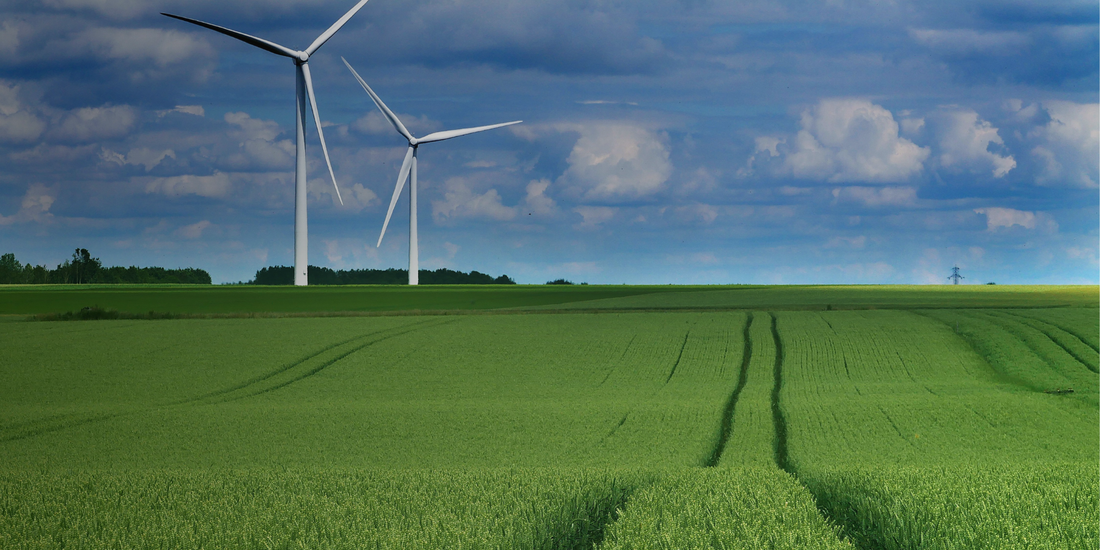
How to Become Circular in 2025: A Guide for Businesses and Individuals
As we move further into 2025, the transition to a circular economy is more crucial than ever. With growing concerns over climate change, resource scarcity, and waste pollution, businesses and individuals alike must rethink their consumption and production patterns. Unlike the traditional linear economy (take, make, dispose), the circular economy focuses on reducing waste, reusing materials, and regenerating natural systems.
So, how can you become more circular in 2025? Here’s a step-by-step guide to integrating circularity into your business, lifestyle, and daily choices.
For Businesses: Embedding Circularity into Operations
1. Redesign Products for Circularity
- Shift towards eco-friendly materials that are biodegradable, recyclable, or upcycled.
- Ensure modular design so products can be easily repaired or upgraded rather than discarded.
- Minimize single-use plastics and transition to reusable packaging solutions.
2. Adopt a Circular Business Model
- Product-as-a-Service (PaaS): Instead of selling products outright, offer leasing or subscription-based models (e.g., clothing rental services, furniture leasing).
- Reverse logistics: Create take-back schemes where customers return old products for refurbishment or recycling.
- Secondary markets: Resell refurbished products or introduce marketplaces for pre-owned goods.
3. Optimize Waste Management
- Implement zero-waste strategies in supply chains.
- Partner with waste collection services that specialize in material recovery and recycling.
- Utilize industrial symbiosis—collaborate with other businesses to repurpose waste materials into valuable resources.
4. Leverage Digital Solutions
- Use AI and IoT to monitor material flows and identify inefficiencies in production.
- Utilize blockchain technology to ensure supply chain transparency and track the lifecycle of products.
5. Engage Stakeholders & Customers
- Educate employees on circular economy principles and involve them in sustainability initiatives.
- Offer incentives for consumers who choose sustainable purchasing options or return used products.
- Work with suppliers and logistics partners that align with circular economy goals.
For Individuals: Making Circular Choices in Everyday Life
1. Adopt a Circular Mindset
- Before purchasing, ask: Do I need this? Can I rent, borrow, or buy second-hand instead?
- Support brands that offer repair, resale, or take-back programs.
- Choose quality over quantity—invest in durable products rather than fast fashion or single-use items.
2. Reduce and Repurpose Waste
- Compost organic waste to close the nutrient loop.
- Find creative ways to repurpose old clothing, furniture, and electronics.
- Use refillable and reusable packaging wherever possible.
3. Repair Instead of Replace
- Learn basic repair skills for clothing, electronics, and household items.
- Visit repair cafés or hire professionals to fix broken items.
4. Participate in Circular Communities
- Join local swap groups or buy-nothing communities to exchange goods.
- Support businesses that operate with circular economy principles.
- Get involved in sustainability initiatives, such as local clean-up events or circular economy workshops.
5. Reduce Carbon and Water Footprint
- Choose circular fashion by buying second-hand, upcycled, or sustainable garments.
- Conserve water by using water-efficient appliances and reducing consumption.
- Opt for low-impact diets by reducing food waste and supporting regenerative agriculture.
The Future is Circular
Becoming circular in 2025 is not just an option—it’s a necessity. By integrating circular principles into business operations and personal lifestyles, we can move toward a more sustainable, waste-free future. Whether you're a company looking to future-proof your operations or an individual wanting to live more sustainably, embracing the circular economy will benefit both the planet and future generations.
Are you ready to make the shift?

1 comment
Hello, would you like grow Website Traffic, Sales & Conversions? Don’t know what to do? Start Your Free Trial | Pay Later | No Contract
I am a Digital Marketing Expert and I do SEO (Search Engine Optimization) grow website traffic, Website Rankings (Google, Yahoo, and Bing) & Organic results. I am a Software Engineer with more than 12 years experience in Digital Marketing.
We improve these results:
• Website Traffic
• Website Rankings ( Google, Yahoo & Bing)
• Organic results
• SERPs
• Increase Conversion rate
Clients Results: https://rivalinfotech.com/portfolio-results
Start Free Trial: https://rivalinfotech.com/rival-seo-pricing
Thank you